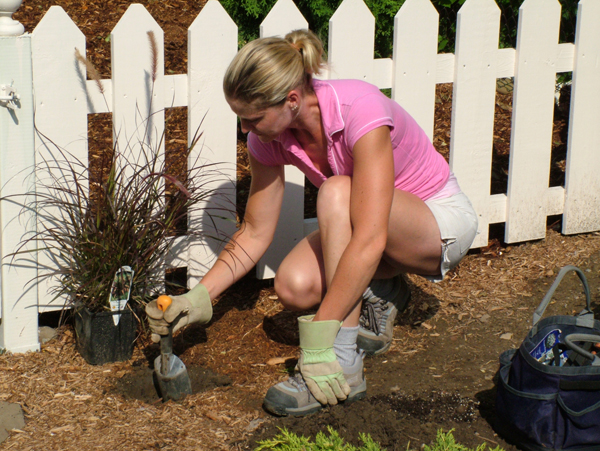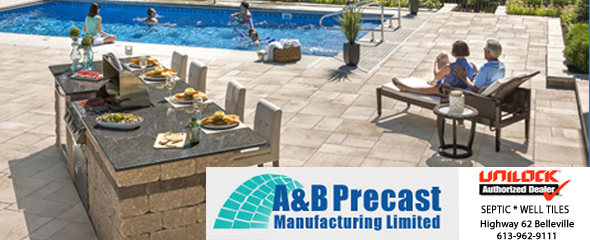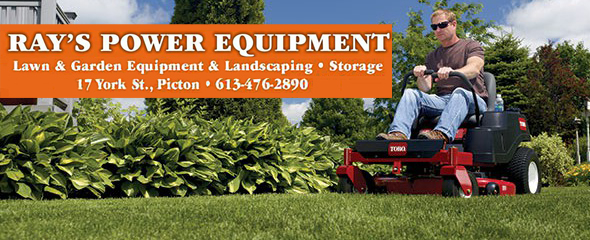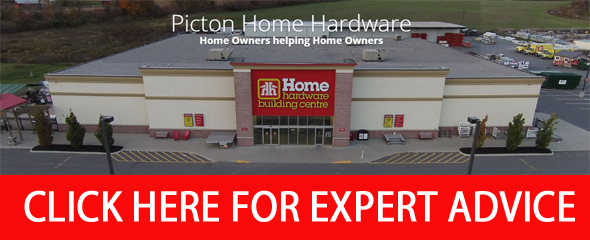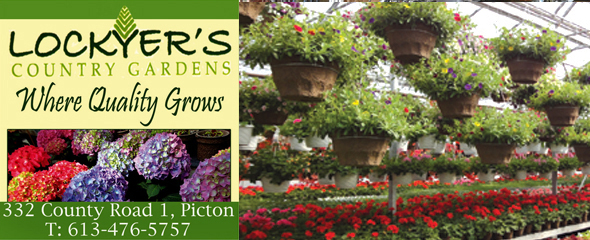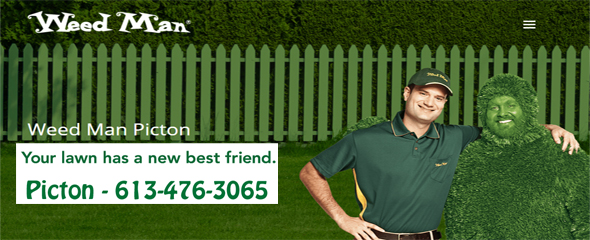The dirt on garden dirt
Administrator | Jul 07, 2017 | Comments 0
Getting to know the soil is going to really help you cut back on a lot of hardship when it comes time to actually planting or creating a garden. The quality of the soil that you want to plant in really matters because anything already in the ground has a good chance of ending up in your food.
Knowing as much about the history of the space is important here so totally talk to your neighbours. If you area used to be farmland or anything agricultural than you are totally golden. Odds are that the soil is pretty good at growing things. If your home used to be a gas station, factory or anything that might have contaminated the soil, then you probably want to rethink planting straight into the ground.
The perfect spot for a vegetable garden is where plant life is already thriving. This means less work for you because nature is already providing what they need to survive. You really need to look at what is going on in the space that you picked and what is currently there. Does the grass look super happy? Are there lots of weeds? Is the space a dead brown patch and you think you want to fill it with things that will grow? If the ground is basically dry and looks kind of dead, this is going to make your life significantly harder – not impossible – just harder.
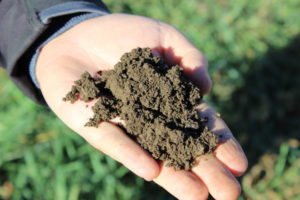 Next comes the dirt test. You need to wait for three full days of sunlight in a row for this one. Once the ground is nice and dry, take out one full shovel of soil. Ideally you need to get down at least 4 or 5 inches. Take out that clump of dirt and take a good look at it. Are there a lot of rocks? Did you hit a tree root? Anything that stopped your shovel from going straight into the ground is going to cause you issues going forward. If you hit one rock or one root, then there will definitely be more in that space. This is important to know as you are weighing all of the factors BEFORE you start. For the record, I always hit something.
Next comes the dirt test. You need to wait for three full days of sunlight in a row for this one. Once the ground is nice and dry, take out one full shovel of soil. Ideally you need to get down at least 4 or 5 inches. Take out that clump of dirt and take a good look at it. Are there a lot of rocks? Did you hit a tree root? Anything that stopped your shovel from going straight into the ground is going to cause you issues going forward. If you hit one rock or one root, then there will definitely be more in that space. This is important to know as you are weighing all of the factors BEFORE you start. For the record, I always hit something.
Take a handful of your soil and squeeze it tight for 30 seconds. This is why you needed to wait for the three days without rain because you want to see how well the soil sticks together without moisture. If your handful of soil doesn’t stick together at all and runs through your fingers as you try to squeeze it tight, then you have sand. If the soil all sticks together and you can see the perfect outline of each finger, then you have clay. Neither of these situations are ideal. There are lots of websites and blogs about adding things to your sandy or clay soil but DON’T LISTEN TO THEM! Trying to change what you are working with is a total disaster waiting to happen. You may get some short-term success but in the end, the ground will revert back to what it was before and all of the work that you did will be a waste. (If you have either of these situations, consider going with the raised planter boxes and skipping the rest of this section)
The best scenario for your soil is somewhere in-between where part of it clumped and the rest stayed loose. Generally, this combination will provide enough drainage so that the roots won’t rot and still hold enough moisture so you don’t have to be watering multiple times a day.
-Landscape designer Carson Arthur is host of HGTV’s new Home to Win show. He is also the outdoor expert with City TV’s Cityline and wrote the sell-out book Garden Designs for Outdoor Living in 2015. More at carsonarthur.com
Click here for previous columns
Filed Under: Carson Arthur • News from Everywhere Else
About the Author:



